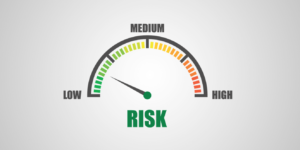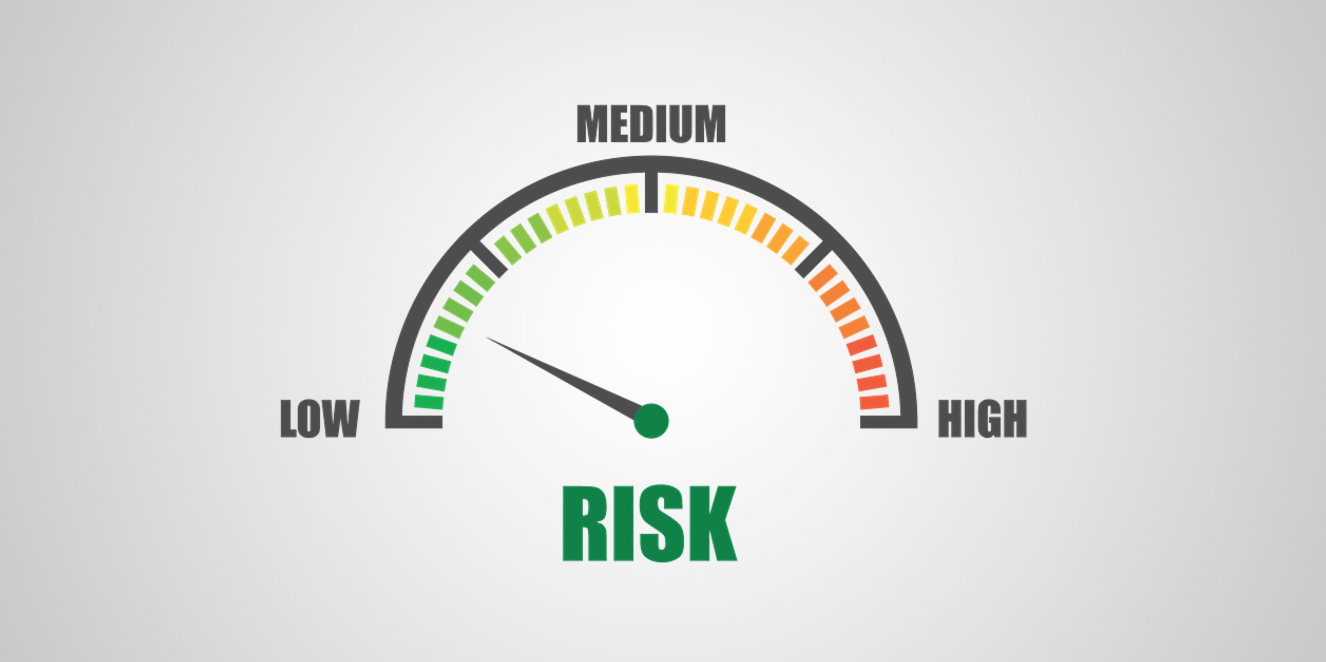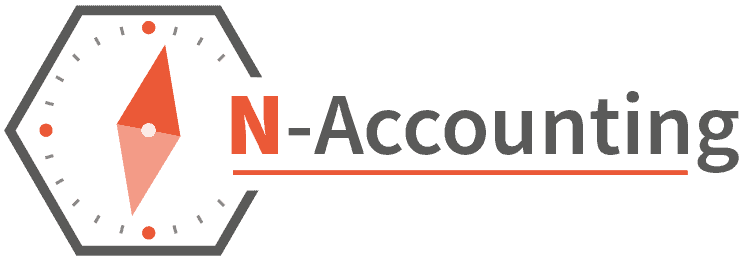The Correct Way To Increase Your Prices and Maintain Your Profits
One of the main reasons businesses are struggling during the cost of living crisis is because they don’t always understand how to calculate a price increase and how to communicate it effectively to their customers. This video looks at the best way to get this done so you can maintain your profits and your team.
Claim your FREE Strategy Session
Something that is so important in helping businesses effectively navigate their cost of living crisis is what I talk about in this video. One of the things that you have noticed about the cost of living crisis is, obviously it’s increasing the cost of living for everyday citizens. But, for business owners it’s increasing the cost base. What happens is your costs go up and your prices stay the same then your profits will decrease. So, as an owner that’s bad for you if you’re going to be working the same hours or maybe even harder just to get paid less for it, resulting you in having to pay your team less. You’re employees will likely leave or have a drop in performance; that’s a worst case scenario really.
There’s quite often one solution, you can always try and save the costs, but what I want to discuss is another option. Let’s say you’ve been running a business efficiently anyway, then reducing your costs isn’t really an option. But, you’re probably in a lot of pressure to pay your staff more because of their disposable incomes decreasing. Essentially, the only other way a business can deal with this is by putting their prices up. It’s important to know how to approach a price increase with your customers otherwise it can pose a very real risk for your business. On the other side, if you don’t do it at all, your business will probably fail anyway because you just won’t be able to retain the staff, get paid what you’re worth and you’re going to end up with a serious challenge. It’s risky but you’ve got to do it in this economic climate.
Three thing that we need to think about when we’re pushing for a price increase. Firstly, what is the price increase? How are you going to calculate that? If you look at the costs of retail price index and it’s saying it’s at 9% at the moment and then next year it could be 10% does that mean that you just put a flat 9% increase throughout all your customer base and increase the prices that way? Or is there a better way to calculate it? Because, let’s remember, the retail price index is the economy as a whole but there’s certain sections of the economy where, essentially it may not have inflated by 9% and there’ll be other areas of the economy which have inflated by more than 9%.
So, you’ve got to have a really good understanding of what the inflation actually means for your own business, not the economy as a whole. Whenever you’re doing a price increase, you have to work on the basis that you’re probably not going to be able to do another one for around a year. It’s best not to react to what’s currently going on, you’ve got to think further ahead. This is an opportunity to think about what your competitors are doing; if you’ve got people in the industry who are charging double what you are, delivering the same thing, it’s still worth going in and getting paid what you’re worth, based on what everyone else in the industry’s getting. Inflation drives price increases partly, but so do your competitors and that’s definitely worth thinking about. That’s the first thing – how much to increase your prices by.
The second thing you really got to think about is how much of a notice are you going to give people? Depending on the kind of business you run, it might just be the next time the customer comes in. Or there might be a notice next to the price list saying: ‘Next month the prices are going to go up but at the moment they’re steady.’ Or, you might give them a longer notice, it depends on your industry. Sometimes, you don’t need one at all.
The third thing is how you communicate it. Like I mentioned, you might decide to leave a note next to your prices in your shop. But if you’re running more of a service based business, if you’ve got subscriptions, then what you really need to do is send out some sort of letter on email. You should mention why you are doing it while being really honest. The most important thing about your communication is not to have different prices for different customers. Make sure all your customers are on the same price for that type of service because people do talk and if there’s different pricing for each person, it can create resentment and distrust in your relationship with those customers. It’s that honest communication in the right kind of way. As always, you’ve got to invite people to have a discussion with you if they do to talk about it.
In conclusion, when increasing your prices you have to think about how to maintain your profits by keeping in mind the communication method, how much you’re increasing it by and how much of a notice you’re giving your customers. Getting those things right, the chances are you’ll probably still lose customers, but not as many as you think. there’s nothing wrong with having a slightly smaller business that makes more profit and charges a bit more. So you can’t be afraid of losing that volume.
Operating Profit Margin
When running a business, you need to keep a close eye on your profit margin. But it’s not a one-size-fits-all term. There are several different profit margins you need to know about, including operating profit margin. But what is it, and how does it differ from gross and net profit?
What is an Operating Profit Margin?
Your operating profit margin measures your business’s profitability by telling you how much profit your business generates from it’s operations, after subtracting operating costs and overhead, such as selling costs, administration expenses, and the cost of goods sold (COGS).
It differs from your gross profit margin because it doesn’t include other income or expenses, such as interest on loans, return on investments or taxes. On the other had, net profit is what’s left of your profit after you’ve deducted all expenses including taxes.
Operating profit is simply working out how much your business is making from its operations, ignoring other financial aspects.
It’s important to know your operating profit margin because it’s a good indication of how efficient your business is. A high margin means you’re generating a lot of profit form your operations and your business is running smoothly. A low margin could mean you’re not selling enough or that your operating expenses are too high.
How to Calculate Operating Profit Margin
The first step in working out your operating profit margin is to calculate your operating profit. To do this, you need to know your business’s total revenue and cost of sales, as well as its operating expenses; These include things like rent, wages, utilities and insurance.
Once you have this information, you can calculate your operating profit by deducting your cost of sales and operating expenses from your total revenue.
For example, let’s say your business had total revenue of £100,000 last year. Your cost of goods sold was £50,000 and operating expenses were £30,000. This would give you an operating profit of £20,000.
Next, to calculate your margin, you then divide your operating profit by your total revenue and multiply by 100. In this example, your operating profit margin would be 20%.
In summary, the formula for working out your operating margin is:
Operating Profit ÷ Total Revenue x 100 = Operating Profit Margin %
Comparisons
It can be very helpful to compare your operating profit margin against your gross and net profit margins. Your operating margin will usually be lower than your gross profit margin because it doesn’t include other forms of income, such as interest or investments.
However, it should be higher than your net profit margin because it doesn’t take into account all expenses, including taxes.
If your operating margin is lower than both your gross and net margins, it could be a sign that your business is inefficient or that your operating expenses are too high. You should also compare your operating profit margin year-on-year, because a decline could indicate that your business is becoming less profitable.
What Causes Gross Profit Margin to Increase?
There are a few different things that can cause your operating profit margin to increase. If your business’s revenue increases but the cost of sales and operating expenses stay the same, then your margin will increase.
How to Work Out Whether Your Small Business Is Profitable Or Not
As a small business owner, you always have a million-and-one things to think about. It can be difficult to stay on top of the numbers and know which ones matter when it comes to the financial health of your business.
However, it’s essential that you know whether you’re operating at a profit or not. Burying your head in the sand is never a good solution. Instead, you need actionable data that will allow you to stay on track and strengthen your business. Even if things are going well, there’s always room for improvement. Here’s how to work out whether or not your small business is profitable.
Net Profit Margin
In order to determine profitability you need to calculate your net profit. Fortunately, this is easy to do – so long as you have been maintaining accurate records. The equation is as follows:
Revenue – Expenses = Profit
If your answer is positive, then you’re turning a profit. If it’s negative, then you’re losing money.
Net profit refers to the amount of money you keep after paying taxes and interest on debt, as well as business expenses. Therefore, you must include those numbers in your calculation.
Remember that turnover doesn’t tell the whole story. For example, a business that makes $100,000 per year and spends $20,000 on expenses has a net profit of $80,000. However, a business that makes $150,000 but spends $160,000 has actually lost $10,000, despite having a larger revenue.
You should review your net profit margin more than once per year. We recommend performing a monthly analysis so that you can monitor how your profit margins are changing and spot seasonal trends, too. This will prove enormously helpful in predicting future profit and creating a realistic business budget. It’s also important to be aware when your profit margin is decreasing so that you can take action before it’s too late.
Gross Profit Margin
Gross profit margin is another important indicator of profitability for your small business, especially if you sell physical products rather than provide services. You calculate gross profit as follows:
Sales Revenue – Cost of Goods Sold = Gross Profit
Gross profit differs from net profit, though many confuse the two. Gross profit refers to the percentage of profit you keep after the cost of goods sold, whereas net profit includes other costs such as tax and interest paid on debt.
Again, it’s important to review this on a monthly basis and compare your gross and net profit. This can help you to identify areas of improvement or concern. If your gross profit margin remains healthy but your net profit is decreasing then product cost isn’t your problem and you need to look closely at your overheads, taxes and debts.
Operating Expenses
If your revenue is increasing but your profit margins are decreasing then you need to take a look at your expenses. It’s easy for expenses to outpace revenue as your business grows, so you must keep a close eye on these numbers to ensure that you remain profitable. Some expenses, such as new equipment and employees, are unavoidable during a period of growth but be sure to review your costs regularly and look for areas where you may be able to save.
Profit Per Client
Some clients generate more profit than others for your business, and it’s in your best interests to identify these clients. The answers may not always be obvious: the clients who pay the most in fees may have a poor revenue to expenses ratio. So how do you work out profit per client?
First, take the total project fees and subtract all project expenses to calculate the gross profit of a client project. Then, divide this time by the total number of hours worked on said project to calculate the hourly rate. This will provide you with actionable data to help you identify the most lucrative clients and projects going forward.
Summary
As a small business owner, regularly reviewing and analysing your numbers will provide you with valuable data that you can leverage to become or remain profitable. In order to improve your business, you must first get clear on your current reality. If you want to increase profitability, it’s time to start crunching those numbers.














